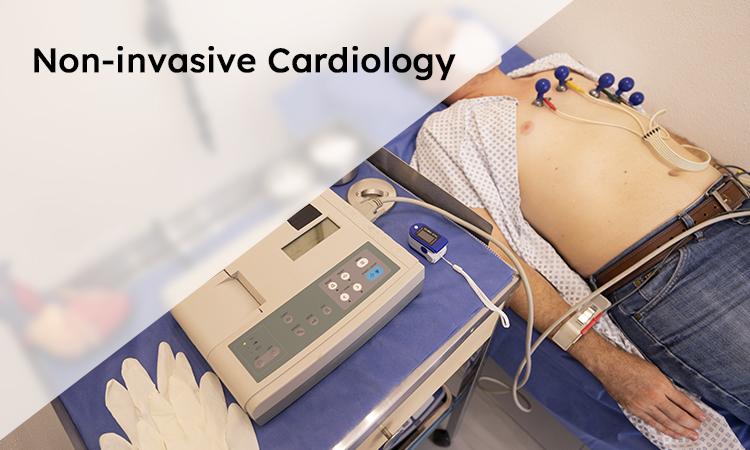
Exercise ECG (ETT)
| Test Name: | Exercise ECG (ETT) |
|---|---|
| Test Component: |
Exercise stress ECG is suitable for anyone who may be experiencing symptoms of a heart condition, such as chest pain, shortness of breath, or irregular heartbeat during physical activity. It may also be recommended as a screening test for people who have a higher risk of heart disease, such as smokers, people with high blood pressure or high cholesterol, or those with a family history of heart disease. |
| Testing Cut-off Time: | - |
| Methodology: | Non-invasive cardiology refers to a branch of cardiology that involves the use of non-invasive techniques and procedures to diagnose and treat heart and cardiovascular diseases. These techniques include various imaging techniques such as echocardiography, nuclear cardiology, and cardiac magnetic resonance imaging (MRI), as well as electrocardiography (ECG) and stress testing. . |
| Description: |
Exercise stress ECG is suitable for anyone who may be experiencing symptoms of a heart condition, such as chest pain, shortness of breath, or irregular heartbeat during physical activity. It may also be recommended as a screening test for people who have a higher risk of heart disease, such as smokers, people with high blood pressure or high cholesterol, or those with a family history of heart disease. . |
| Collection Instruction: | Non-invasive techniques do not involve surgery or the use of needles, fluids and catheters. Analyze and diagnose heart conditions using various tools and techniques like nuclear cardiology, echocardiography, cardiac electrophysiology, stress tests and heart monitors. |
| Department: | Diagnostics |
| TAT: | - |
| REQUISITIONS AND CLINICAL PREREQUISITES: | Noninvasive cardiology is cardiology that doesn't require the cutting or piercing of your skin. Usually, this focuses on the use of procedures to diagnose heart problems, such as: Chest x-rays. Electrocardiogram (EKG / ECG) Echocardiography. |



